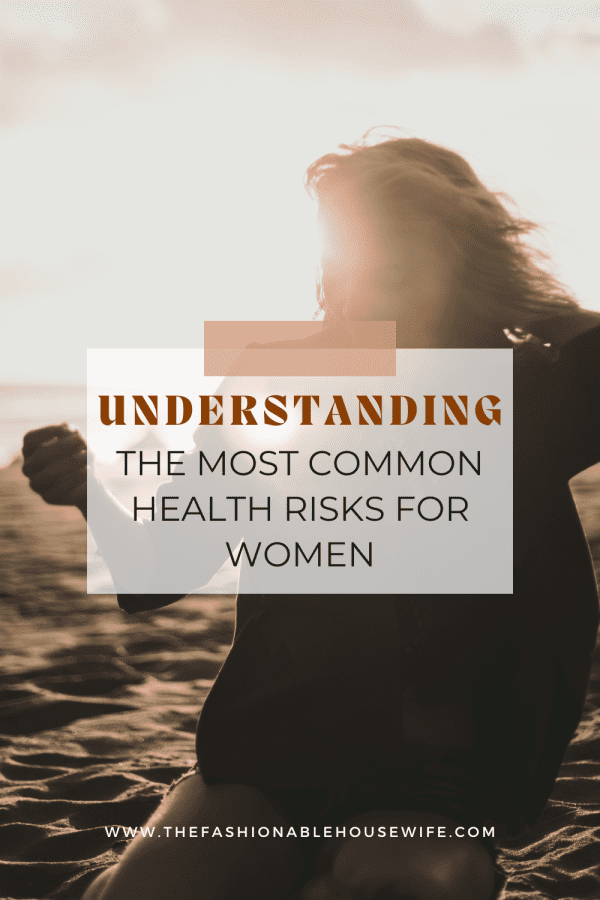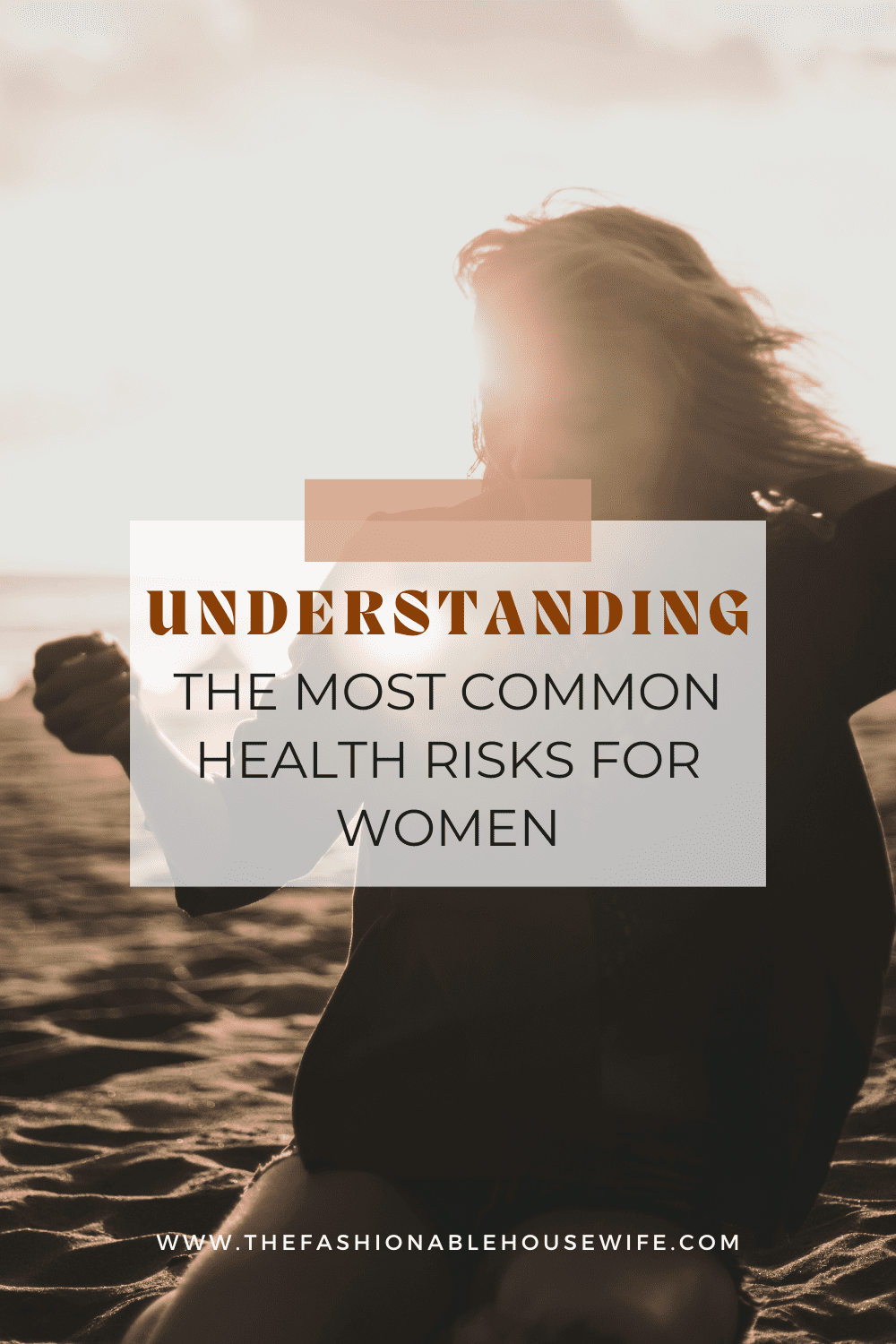Understanding the Most Common Health Risks for Women

Women’s health is shaped by a unique set of physical, hormonal, and lifestyle factors that evolve throughout their lives. From adolescence to post-menopause, women face specific health challenges that require attention and understanding. Being proactive and informed can help women manage risks and improve their long-term health. This blog explores several common health risks for women, offering practical advice on how to stay ahead of them.
Women’s Health Risks
Chronic Stress: The Hidden Health Threat
Women are particularly vulnerable to stress due to societal pressures, caregiving responsibilities, and hormonal fluctuations throughout their lives. Managing stress through mindfulness, exercise, and seeking support can make a significant difference. Women who prioritize stress management through relaxation techniques, therapy, and regular breaks can significantly reduce the risk of stress-related health problems.
Reproductive Health Issues: The Role of Fibroids and Endometriosis
Many women experience reproductive health issues that are sometimes misunderstood or dismissed. Conditions like uterine fibroids and endometriosis are common but often go undiagnosed for years. Uterine fibroids can cause heavy bleeding, pelvic pain, and discomfort, while endometriosis can lead to infertility, chronic pain, and digestive issues. These conditions can interfere with daily life and well-being. Women experiencing symptoms like severe menstrual cramps, pelvic discomfort, or abnormal bleeding should consult a healthcare provider.
Skin Aging and Sun Protection: More Than Just Aesthetics
The health risks related to skin aging and sun exposure extend beyond cosmetic concerns. Skin cancer, particularly melanoma, is a major health risk for women. Ultraviolet (UV) radiation from the sun increases the risk of skin damage, premature aging, and cancer. However, skin health goes beyond preventing wrinkles. Women should also schedule regular skin checks to monitor for any changes, as early detection of skin cancer significantly improves treatment outcomes.
Diabetes: An Increasing Concern for Women
While diabetes is often thought of as a condition that affects older adults, its prevalence in women is rising at an alarming rate. Type 2 diabetes is especially common in women with risk factors such as obesity, sedentary lifestyles, and a family history of diabetes. Women who have gestational diabetes during pregnancy are also at higher risk for developing type 2 diabetes later in life. Managing weight, staying physically active, and maintaining a balanced diet are critical steps in preventing and managing diabetes.
Cervical and Ovarian Cancers: Early Detection is Key
While breast cancer often takes center stage in cancer awareness, cervical and ovarian cancers also pose significant health risks to women. Early detection of cervical cancer, through routine screening, can greatly improve outcomes and prevent the disease from advancing to more severe stages. Ovarian cancer, though less common, can be harder to detect early due to vague symptoms like bloating or pelvic pain. Recognizing the ovarian cancer signs and seeking medical attention for persistent symptoms can help in early diagnosis and treatment. Routine gynecological exams and screenings are essential to prevent these cancers from going undetected.
Mental Health: Breaking the Stigma
Unfortunately, mental health is still often stigmatized, which prevents many women from seeking help. Raising awareness, offering support, and creating open spaces for discussion can help women feel more comfortable addressing mental health concerns. Women should prioritize their emotional well-being by seeking professional support, practicing self-care, and fostering strong relationships with others.
Cardiovascular Health: The Silent Risk for Women
Heart disease is the leading cause of death among women, yet many women do not realize they are at risk until symptoms occur. Unlike men, women may experience atypical symptoms of a heart attack, such as nausea, shortness of breath, and fatigue. Women are also more likely to develop heart disease after menopause, due to a decrease in estrogen levels. Adopting a heart-healthy lifestyle through regular exercise, a balanced diet, and stress reduction can reduce the risk of cardiovascular issues.
Osteoporosis: A Disease of the Bones
Osteoporosis is a disease characterized by weak and brittle bones, making fractures more likely. It’s particularly common in women after menopause, when the loss of estrogen leads to decreased bone density. Osteoporosis often develops without noticeable symptoms, which is why it’s known as a “silent disease.” Preventing osteoporosis involves getting enough calcium and vitamin D, staying active with weight-bearing exercises, and avoiding smoking and excessive alcohol.
Conclusion: Women’s Health Risks
Taking control of women’s health means being proactive, aware, and informed. By understanding the common health risks that affect women—whether it’s related to heart disease, cancer, mental health, or reproductive health—women can make better lifestyle choices and seek early treatment. By embracing preventative care and recognizing the importance of mental, emotional, and physical health, women can ensure they thrive at every stage of life.

